Abandoned places, terrifying places or corners full of mystery and curiosities. The Marina Alta contains locations with enigmatic and dark tales and legends worth remembering during the spookiest day of the year. This is a tour of those ten most terrifying and overwhelming places in the Alicante region.
The Clot del Lirio - Pedreguer
Imagine that you take the car one day half asleep in the direction of the terrace to work when suddenly the earth under your feet disappears. It was not specifically underfoot, but it was almost what happened to a Pedreguer neighbor during an August morning in 1982. He stopped with his car in front of some orange trees in the field of another neighbor known as El Lirio when he noticed a great shaking. Instantly, the orange trees in front of him disappeared and a cloud of dust enveloped the place. When it dissipated, he could see that what was once a land full of trees, was now a huge hole that seemed to have no end.
It is said that this spectacular gap, the end of which no one has managed to find, goes to the very core of the planet. There are even people who point out that it is the gateway to hell. Now this could not be more false. The truth is that its depth is known and, although it is very deep, it does not reach 100 meters. In fact, it has been filled with water to the top in some episode of heavy rainfall.
However, it is undeniable that the mystery surrounds that place that abruptly changed the terrain in the blink of an eye. Some experts say that the large opening occurred due to gases from the groundwater that eroded the rock, but who knows ...
The ravine tunnel - Beniarbeig
Beneath Beniarbeig there is a hidden route intended only for the most daring. At both ends of the municipality we can find two huge mouths that welcome a journey of approximately 1 kilometer below the surface, where darkness reigns engulfing any glimmer of light.
Anyone who has dived into the It by Stephen King you can see many similarities between these tunnels in Beniarbeig and those in Derry. One of the entrances overlooking the river Girona in a large area somewhat flooded and with lush undergrowth reminiscent of the King's Barrens.
A few decades ago, when the tunnel was even shorter, many young people dared to cross it. After the enlargement you have to be very brave, or unconscious, to enter the dark bowels of Beniarbeig, something that we do not advise at all. Who knows if a clown is also hiding inside.
Llombai - Vall de Gallinera
Llombai is part of the route of the eight villages of the Vall de Gallinera. It is literally a street, a row of houses that make up what was once a municipality, small, but alive. Now, the landscape it leaves behind is bleak. You can still see the vestiges of what it was. Some houses present objects of the families that lived, not so long ago. And, is that, Llombai was uninhabited at the end of the 70s.
Despite its uninhabited condition, Llombai resonates in the memory of the residents of La Vall for being the town where a peculiar man lived. Many called him the "German of Llombai." Despite the nickname, it is now known that this man was Yugoslav, his name was Stefan-Gregor Raiter and he came to the municipality during the 40s. And there he remained, more alone than anything else, until his death in 1977.
The mystery that hangs over this figure, because it could never be clearly demonstrated, is that he was a Nazi fled and helped in the Spain of the 40s to take refuge and never be found. According to the residents of the Vall de Gallinera, he was a lonely man, eccentric in some ways, bordering on begging while walking barefoot and with nothing of his own to put in his mouth.
It is said that the postman was in charge of bringing him a loaf of bread every day, that he also stole fruit and vegetables from orchards near where he lived or that he received some food from the inhabitants adjacent to Llombai. Now, both Stefan-Gregor and Llombai remain in the memory of those who want to remember them, hoping one day to relive the best times of the place.
Mascarat Tunnel - Calp
The Mascarat tunnel is well known both by drivers and by lovers of extreme sports or hikers. It is located between Calp and Altea and is in charge of giving access between the two regions. Two legends hang over him, according to the newspaper El Español.
On the one hand, it is narrated that, after the expulsion of the Moors in 1609, a strange-looking man appeared in this area who wandered alone without speaking to anyone. The inhabitants of the nearby towns called him the "Mascarat" without really knowing who he was. It is said that this man spent months wandering the area, but suddenly one day he disappeared. Neighbors learned that the authorities had hanged a Moorish leader who was hiding with his warriors in the Aitana and Bernia mountains. For this reason, many people thought that it could be the famous masked man of the place.
The other legend tells that the "Mascarat" was a young man suffering from leprosy, who hid in the area watching his days go by and waiting for death to come. The murkiness of the matter is that the poor boy was wearing a mask so that no one could see his face. Leprosy had disfigured him and the people's repudiation led him to make that decision. The story says that, after a while, the young man disappeared and only his mask remained. The object was found near the tunnel that hid him from his fears.
The English Cemetery - Dénia
The capital of the Marina Alta has a rich and long history. Its status as a port of great relevance for military or business purposes has led to the Dianense coast being crossed by countless important ships over the centuries. Some of them meeting their end on this deceptive coast.
Among the undergrowth of the Marineta Cassiana, hidden a few meters from one of the promenades with the most influx of passers-by in the municipality, is the one known as the English Cemetery, which is undoubtedly one of the the ten most terrifying places in Dénia. It is a set of old tombstones and in a terrible state of conservation that are among a wild little forest that has been formed in what was once a cemetery.
In it it is said that the sailors who lost their lives in the shipwreck of the Frigate rested the Guadalupe at the end of the 1856th century. A legend nurtured by that dark past of shipwrecks to which we were referring. But nothing could be further from the truth, since the construction of this cemetery dates back to XNUMX, when the English vice-consul in Dénia He decides to build a cemetery to bury his non-Catholic compatriots. That same year the first person was buried and until 1913, the year in which the last burial was carried out, a total of 14 people were buried. To this day there are no bodies left, since they were repatriated. There only the open graves remained among the thickets of a place in Dénia that seems straight out of a horror movie.
Cova Fosca - Vall d'Ebo
The Vall d'Ebo hides a large number of caves, all of them with a great history and perfect for lovers of caving. In this case, we are talking about the Cova Fosca, well known for its narrow and dark passageways not suitable for the claustrophobic. The residents of the area know it as "the corral", since, in the past, the outermost part of the cavity was used for this purpose.
The maximum width of 70 and 80 centimeters that the accesses to the interior of the cave have made that many did not dare to go to the deep part. In this way, the legend was created that the cave hid great underground rivers and wells of incalculable depth.
In 1980 it was discovered that at the bottom of the Cova Fosca there are paintings of cave art from the Paleolithic Age and abandoned electrical cables. At present, the cave is closed to the public, however, in other times it was a place of pilgrimage for many curious people. Its name, without a doubt, produces the mystery and uncertainty that, of course, its first visitors must have experienced.
Former asylum - El Verger
It is the abandoned building of a former psychiatric hospital or, as the younger inhabitants of El Verger commonly call it, the "madhouse." It is located at the entrance of the town, although you must pay attention to find it, since it goes unnoticed if you do not know of its existence. According to what they say, there was an irrigation pond of considerable dimensions in the vicinity. For this reason, many of the neighbors who got to know it simply refer to it as «la bassa».
In the psychiatric hospital there were people of all ages. However, it is said that the sanatorium began its life to accommodate children with some type of disability and that it was not entirely orthodox with its patients. Due to its peculiar pool, the stories tell that to keep the sick under control they left them tied up all day inside the raft, which was empty. In this way, those who spent their days in the asylum had no way of escaping without receiving help from outside.
However, another of the stories that you can hear among the townspeople is that once a patient alarmed the municipality too much. The woman escaped, that day they should not have thrown her into the raft, so she ran to escape her captivity. They finally found her wandering the outskirts of town, exhausted and naked. Perhaps someone continues to see her through the building's windows, waiting for another chance to flee.
Another of the curiosities that surrounds the old psychiatric hospital is its peculiar construction. The front facade is characterized by being full of windows. On the other hand, the rear has only eight or nine holes. The old El Verger psychiatric hospital once housed the life that the family of La Senyoreta de la Bassa, the former owner, gave it. However, years later, and until the end of the 70s, more or less, the stories about abused patients come to cloud the beautiful landscape that surrounds the building on the slopes of the Serra de Segària.
Hermitage Sant Sebastià - Pego
One kilometer from Pego, among extensions of orange trees, is what was once an Islamic farmhouse known in the area as Benumeya. Once the Moorish population was converted, it was built on the site, probably on what was the village's mosque, a hermitage that still remains in the place today. With many changes, yes, because it underwent major renovations until it was finally completely abandoned.
Nowadays, its baroque architecture in which it shows, and a lot, the passage of the years gives it a very terrifying air. The place is, as we said, totally abandoned despite the fact that anyone can approach where these ruins rest. In fact, it is part of several routes to visit the hermitages in the area.
Now, approaching the hermitage of Sant Sebastià at night has to be an experience capable of stealing anyone's sleep. Its imposing architecture, aged and in the middle of the darkness, give it an undeniable air of a Gothic novel that could bring back thousands of stories of haunted houses kept in memory.
Bassa dels arcs - Xaló
This unique location is among the terraces of Xaló. The construction is characterized by the arches that are erected within the excavation, from which it receives its name. However, it can also be known as Bassa del Sapena, so it follows that that was the name of the builder who made it. It is a raft built between the end of the XNUMXth century and the beginning of the XNUMXth century, whose objective was to collect the water that was left over from the municipality's irrigation system.
When collecting the water, it was stored to avoid waste and thus reused when necessary in the terraces coming. The striking thing about her are her arches. They were erected as a structure to hold reeds or other plant elements to cover the water and better protect it with the shadow they generated. La Bassa is built in masonry based on irregular blocks joined with lime mortar and, in turn, waterproofed with a finer mortar.
It is said that the people of the time came to fish or even learned to swim in it. La Bassa dels arcs is, without a doubt, a charming place, with a very powerful architectural value for the area and a source of pride for the residents of Xaló. It may not be as dark a place as you expect, but if you visit it at night, bring a flashlight, lest you wake up with a blow to the head and inside it.
Fontilles - Vall de Laguar
Fontilles is a population center that is part of the Vall de Laguar. It is known, mainly, for the San Francisco de Borja Sanatorium that was there. This center opened its doors in 1909 to give asylum, protection and healing to leprosy patients. In fact, there is currently the Fontilles Foundation that continues to provide support and service to dependent people or chronically ill people, among others. Currently, in the population are the Ferris Hospital and the Borja Geriatric Center.
More than a terrifying place, it is the opposite. It is something difficult to explain, but, as you enter its streets, a feeling of peace and tranquility runs through your body. You breathe serenity and nature, although, currently, it is not allowed to enter the population to visit its places without being more than a mere visitor of passage.
Fontilles is a peaceful enclave in the middle of the valley where the disease for which it was made known will mark it forever. That is why the episodes of repudiation and misunderstanding to which the patients who attended there were subjected are the subject of curious, sad and moving stories. These may be scary today, but because of the rejection of that kind of treatment they provoke.
And you, do you know any of these places or any other worth mentioning?

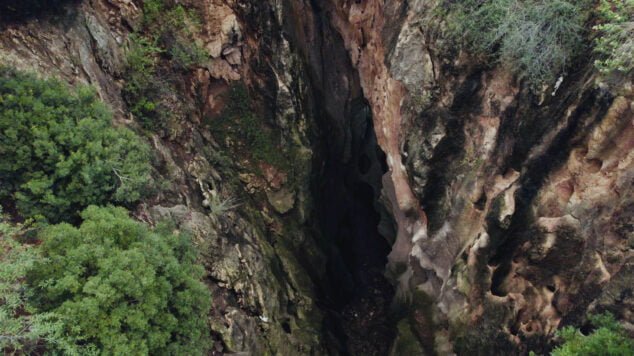
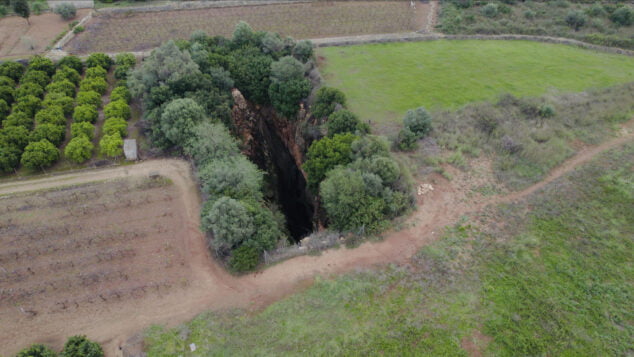
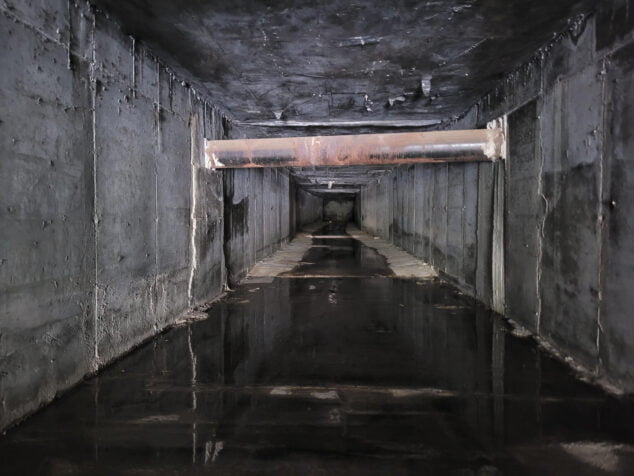
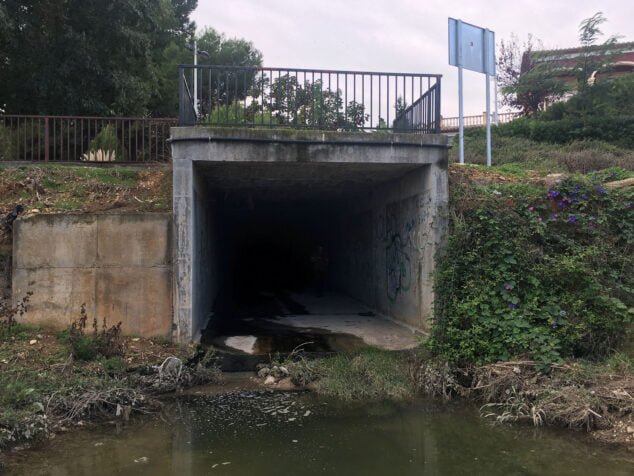


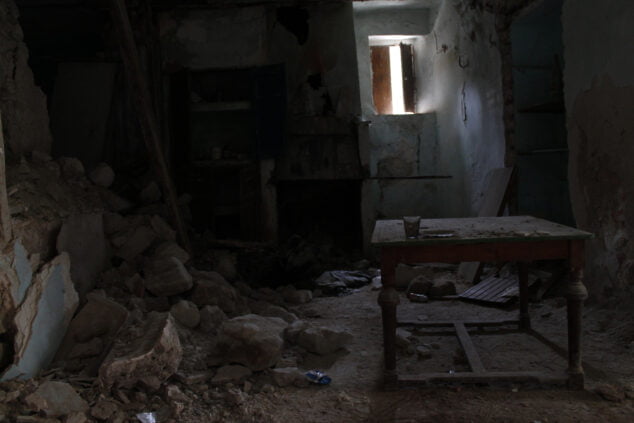
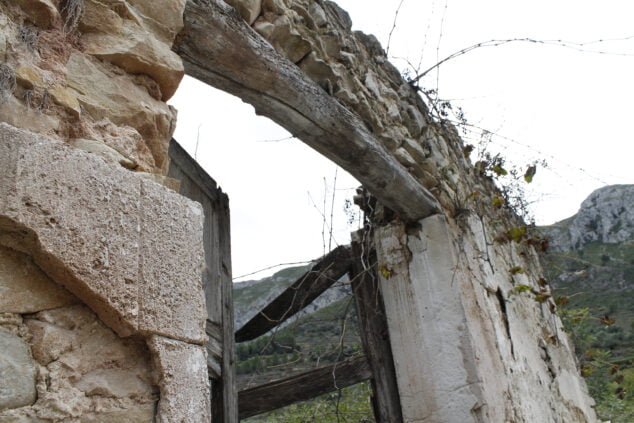



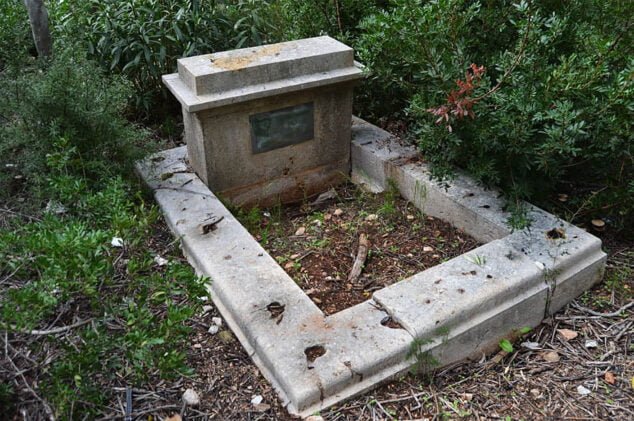


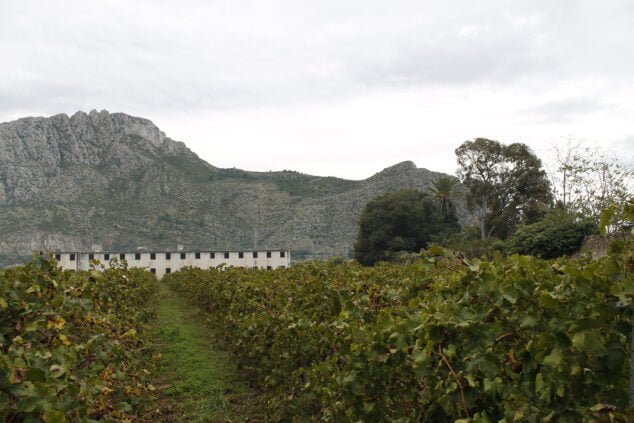


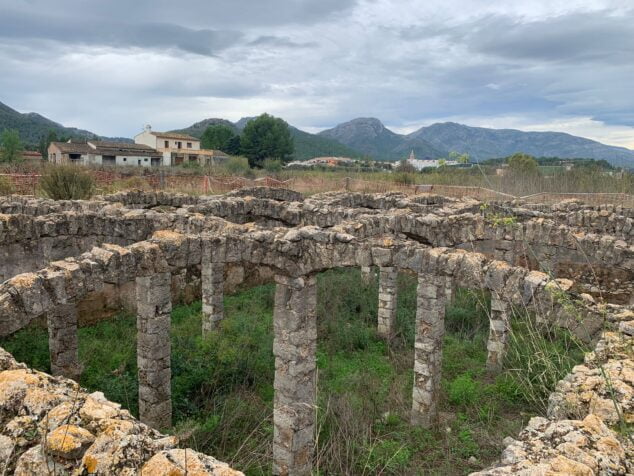
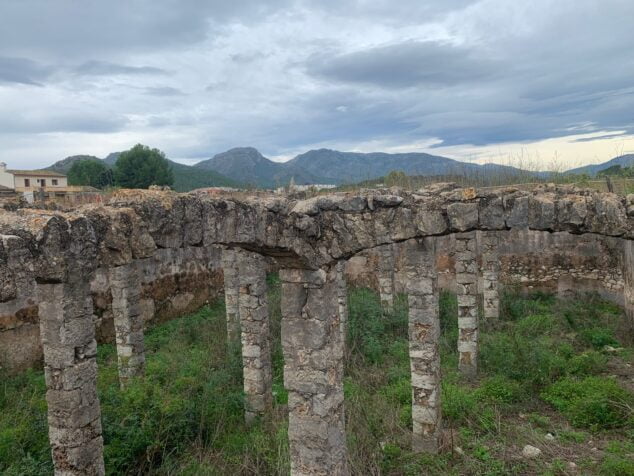








All very interesting. I don't know more than one, the raft of the arches, in Jalón (la bassa dels arcs, Xaló) and I thought it was very pretty; it is a pity that it is no longer used, although perhaps it is no longer necessary. As for the Fontilles leper colony, my mother donated a certain amount of money every year as aid. I haven't been there, but I think they did a great job.
The most terrifying of all is the Treasury building in Denia. You enter healthy and leave without a drop of blood. It's full of vampires and leeches...
Totally agree …
The house was fantastic, belonging to the bandit Josep de la Tona al Seguili, currently in ruïnes but it conserves the outer stone wall, as it contained it had tunnels that communicated it to escape. In total, molt interessant